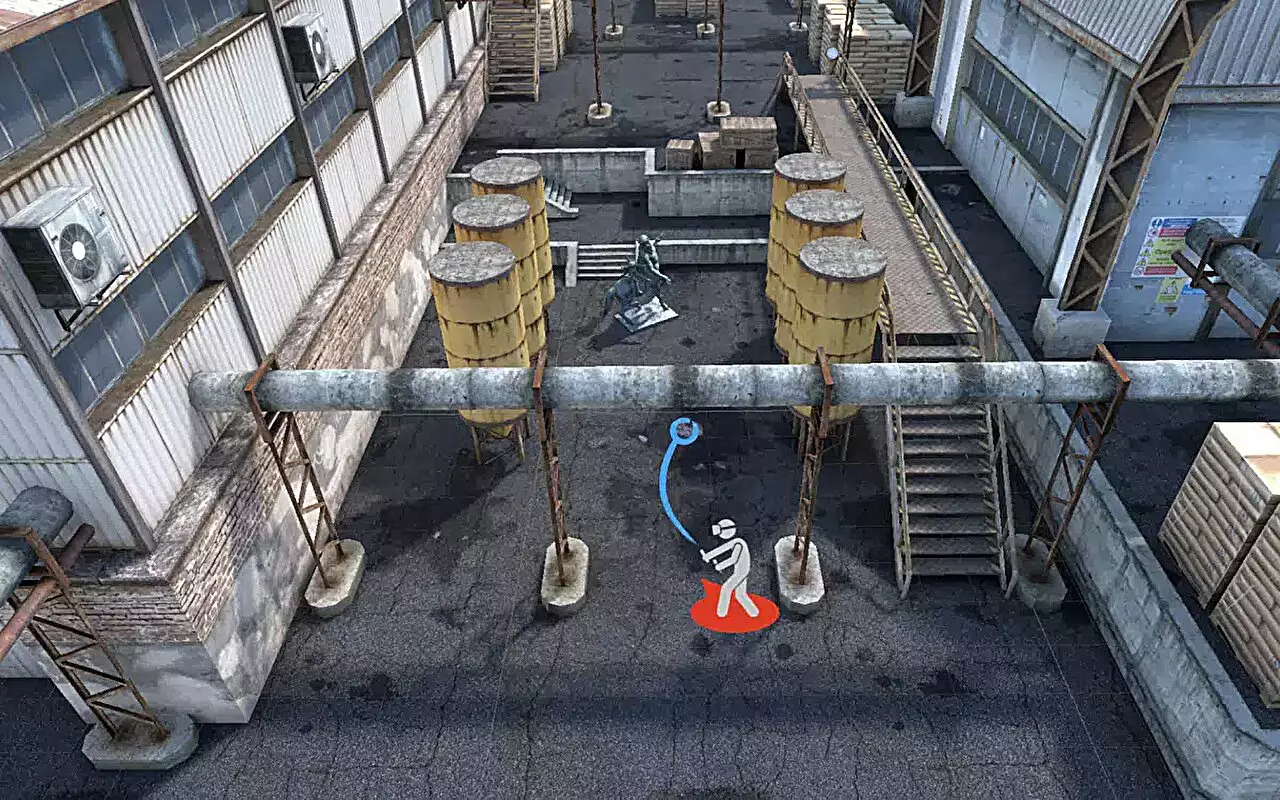Cinematography techniques have been shown to have a significant impact on user engagement within virtual environments. A recent study conducted by computer scientists at the University of Helsinki delved into how principles of composition and continuity, often utilized in filmmaking, could enhance the navigation experience in virtual reality settings. By focusing on how elements are oriented in a scene and how camera positions can aid in understanding spatial relationships, the researchers were able to develop a new teleportation method that subtly adjusts the user’s viewpoint to improve scene framing.
One common issue faced by virtual reality users is motion sickness, often attributed to the method of movement within digital spaces. While teleportation is commonly used to alleviate this problem, the study at the University of Helsinki sought to refine this technique. By incorporating cinematic techniques into teleportation methods, the researchers aimed to enhance spatial awareness and prevent users from missing important elements in their surroundings. This innovative approach not only reduces motion sickness but also influences how users perceive their virtual environment as they navigate through it.
The implications of this research extend to a variety of virtual reality applications, especially as VR technology becomes more accessible and affordable. Video games, virtual museums, galleries, and VR movies stand to benefit from implementing these cinematography techniques to create more immersive and captivating experiences for users. By guiding users’ attention and enhancing spatial awareness, virtual reality designers can craft environments that are engaging and coherent.
Practical Use for Virtual Reality Designers
Alan Medlar, the University Researcher leading the study, is confident that these findings will have practical implications for virtual reality designers. By incorporating cinematic principles into the design process, designers can create virtual environments that are not only visually appealing but also effective in conveying spatial relationships and engaging users. As VR technology continues to evolve, these cinematography techniques offer a new approach to enhancing user experiences in virtual reality settings.


Leave a Reply